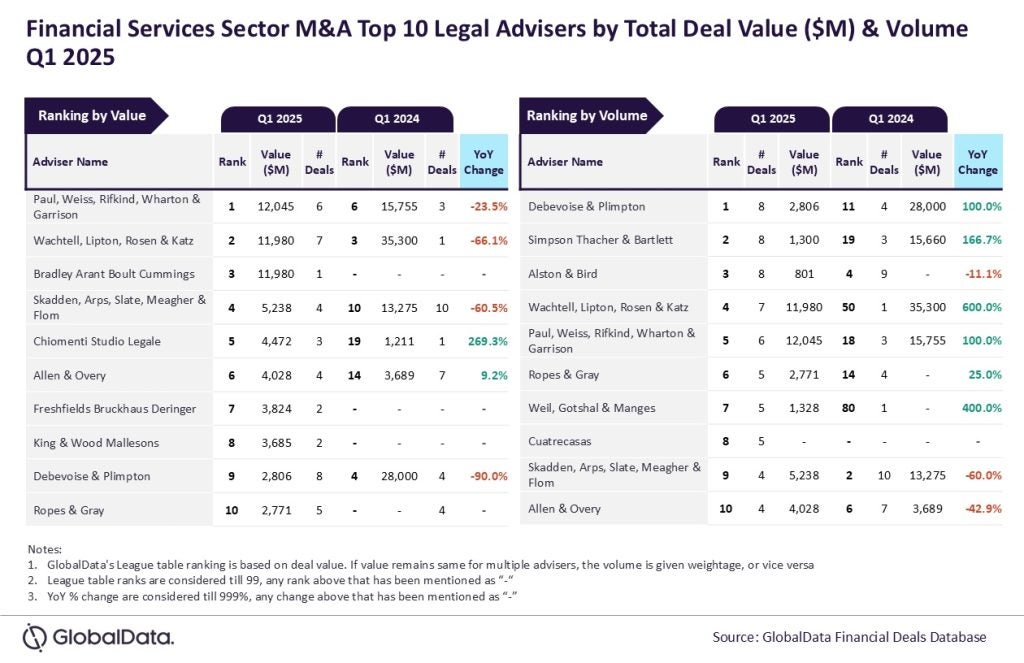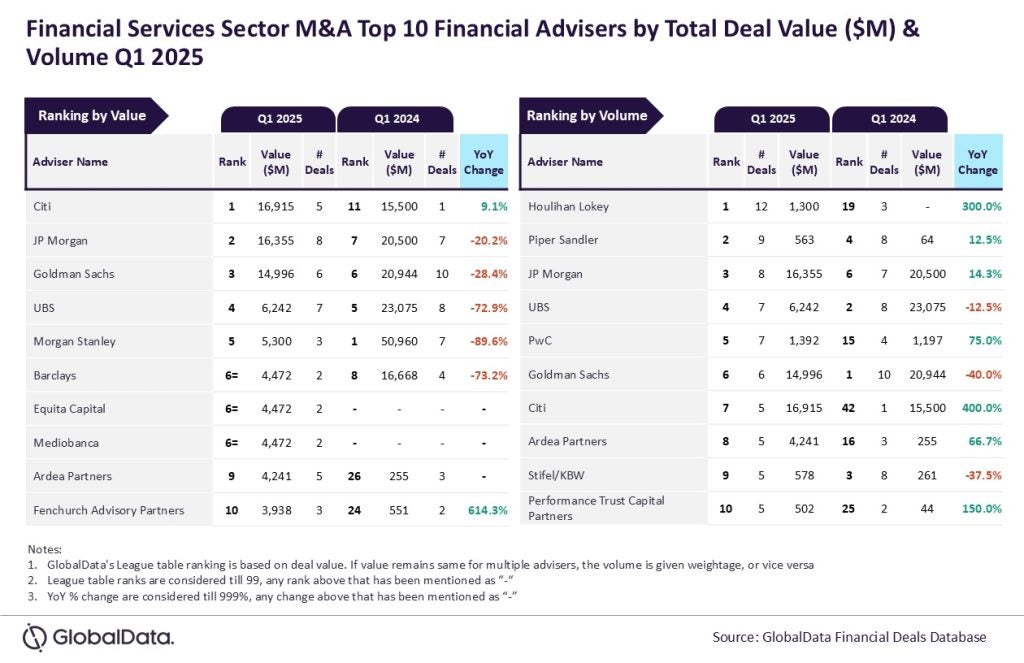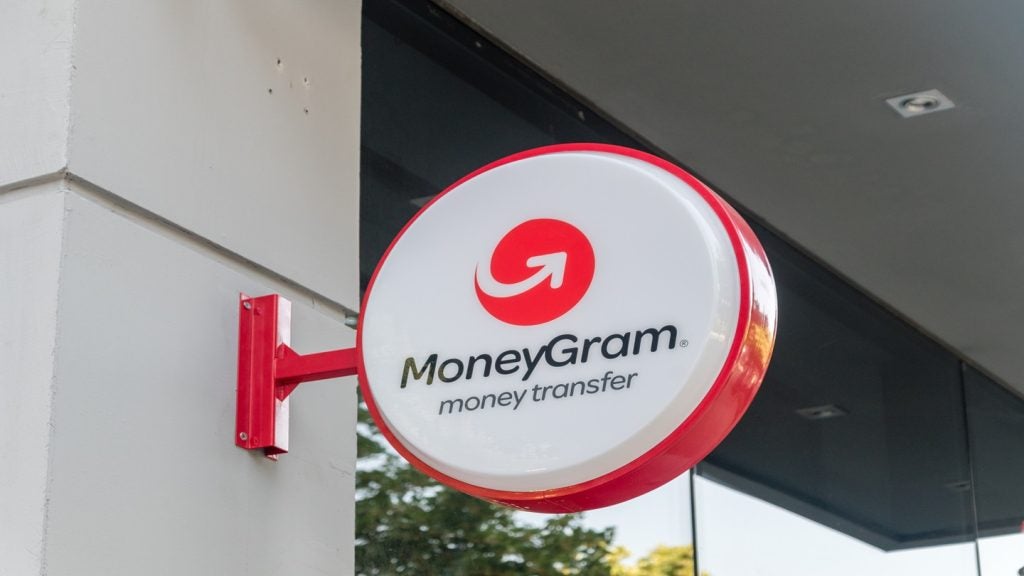Apple’s iPhone, along with a host of
new-breed smartphones, is revolutionising mobile commerce,
including m-banking. Now, many banks across the world are looking
to the iPhone for a new way of providing innovative, relevant
banking services to their mass market customer base. Dan Jones
reports.
From an m-banking standpoint, the first half of 2009 was
particularly notable for the way that a trickle of iPhone-ready
mobile banking applications turned into something approaching a
flood.
The case is particularly convincing in the US,
with five of the country’s leading banks by deposits – Bank of
America (BofA), Wells Fargo, JPMorgan Chase, Citigroup and PNC
Financial – either launching or revamping their iPhone services
since December 2008.
For banks, the attractions of the iPhone are
obvious.
Though the product holds a relatively small
share of the overall mobile market, they have two highly attractive
attributes for financial institutions looking to push their online
channel: extremely high levels of internet usage – Google said in
2008 that it was seeing 50 times more search requests coming from
iPhones than any other mobile handset; and a user base that is, in
the words of Paul Troy, head of advertising and sponsorship at
Barclaycard, characterised by “urban-based aspirers”.
The release of the iPhone and other
smartphones brought with it a blurring of the lines between online
banking and mobile banking, with consumers now able to access the
internet from their mobile handsets just as they would from their
desktop PCs and laptops.
Yet there remain numerous differences between
the two channels, a fact which initially appeared to escape the
first wave of financial institutions to promote their iPhone
services.
BofA, for example, was one of the earliest
institutions to announce that its mobile banking service would be
available to iPhone users, and was one of just two financial brands
– the other being online payments giant PayPal – to have its own
application available in Apple’s App Store when the online
catalogue launched in July 2008.
In fact, the bank’s initial iPhone application
amounted to little more than a portal to its existing mobile
banking service, a move which, while popular in terms of take-up
numbers, is nonetheless thought to have proved frustrating to
customers wanting and expecting a service that took advantage of
the technological capabilities of their new mobiles.
However, the benefits of being an early mover
mean that BofA has since been able to upgrade its iPhone service,
and the bank remains a market leader in terms of both mobile users
and the number of iPhone users accessing its service.
BofA had 2.7 million mobile users as of June
2009, representing a strong take-up since the May 2007 launch, with
around 40 percent, or 1.1 million, using either an iPhone or iPod
Touch to access the platform.
Others such as Germany’s Deutsche Postbank,
which currently has around 4 million mobile banking customers, have
seen iPhone customers make up an even greater proportion of their
user base.
“Postbank became the first German bank to
provide a suitable banking solution for the iPhone in 2007. Since
then the number of users has increased rapidly, and today nearly 50
percent of mobile banking customers use the services via the
iPhone,” said Michael Meyer, retail director and member of the
managing board at Postbank, speaking to RBI.
Early adopters in the UK are also beginning to
see the benefits of a quick launch of the service. HSBC’s First
Direct, which became the first UK bank to launch on the iPhone in
September 2007, saw customers visit its website over 250,000 times
from the device in 2008, a 700 percent increase on the prior
year.
As First Direct’s head of digital marketing
Jenny Southwell explained to RBI in late 2008, the
benefits of early adoption are to be found in the consumption
habits of First Direct’s customers: “We often find that those early
adopter customers are our most active customers, so it’s important
we please them, because they are the ones that interact with us the
most.”
Given the prominence of iPhones among affluent
consumers in mature markets, it is no surprise that banks in these
regions have been quickest to launch tailored services: the US, the
UK, Germany and Australia have all been home to iPhone-ready mobile
banking sites since 2007, with Singapore also now witnessing the
arrival of similar offerings from the likes of OCBC and Maybank
(see table).
With a whole range of other smartphones
already available to such consumers, however, some banks are
looking to increase their reach. An ANZ spokeswoman told
RBI the bank, which sees iPhone users represent around 40
percent of its 130,000-strong m-banking subscriber base, has a
primary focus of “taking the great experience iPhone users are
enjoying and making it available for customers with other mobile
devices”.
In the UK, banks have been slow to customise
their services for the iPhone, with some online banking sites
remaining wholly inaccessible from the device.
There are signs, however, that the momentum is
beginning to shift, with HSBC launching business banking on the
iPhone in June, RBS subsidiary NatWest thought to be launching a
retail m-banking service later this year, and new initiatives being
launched at Barclays.
Across the Atlantic, the evolution of iPhone
services is taking place more rapidly. A case in point is BofA’s
current iPhone service, which is focused on making the most
effective use of the medium.
This has involved making its application more
intuitive, with an emphasis on one-touch access in order improve
page navigation and an ATM locator which takes advantage of the
iPhone’s location-awareness capabilities.
Others have been equally innovative. USAA, the
American bank for military personnel and their families that is
increasingly becoming a mobile banking pioneer (see RBI
613), recently launched its own iPhone application which
enables its 800,000 customers to remotely scan cheques into their
accounts. On 16 July, meanwhile, Barclaycard launched an iPhone
game based around its successful ‘Waterslide’ contactless payment
advertising campaign which allows players to navigate a character
through the slide across a number of levels.
The game had over 32,000 downloads in its
first day, and as of 20 July, four days after launch, the
Waterslide game was the number one free download in the UK and
Japanese app stores, and number five in the US.
“It says a lot about you as a brand if you’re
the first to do a particular type of application – not just a stock
application but something consumers really want to engage with,”
said Troy.
“That is completely different, and it extends
our brand message from the contactless waterslide ad.
“It’s a game which advertisers need to develop
in today’s world where you’ve got to put things out for free and
let people engage with it,” he added.
The success of the game in terms of App Store
prominence is similarly unprecedented in terms of brand penetration
on the iPhone.
Though others such as Chase and Citi have seen
their offerings rank in the upper echelons of the finance or
productivity categories following launch, no financial institution
has previously been able to stake a claim to having the most
popular application across all categories.
The achievement is likely to perpetuate
Barclaycard’s success in view of the prominence given to the
fastest-selling applications by Apple.
One billion downloads
The importance of this placing should
not be underestimated, given the continued surge in downloads at
the App Store, which saw over one billion downloads in its first
nine months and 1.5 billion in its first year across a user base
which, including iPod Touch users, now totals over 40 million.
“Since the App Store has become an easy way of
mobile software distribution, Postbank is looking for special
services that can be placed there as applications,” said Jürgen
Ebert, spokesperson for Postbank’s online services.
Industry figures are convinced that the iPhone
has opened the door to a new wave of m-banking and marketing
initiatives; the potential for innovation is an added bonus for
banks looking for new ways to attract the attention of their
mature-market customer base.
Troy at Barclaycard said: “I envisage more
iPhone applications in the future – what we are working on at the
moment is developing more powerful brand ideas such as Waterslide.
Our next will equally lend itself to working online and on an
iPhone application. You have got to think like that now, about how
you extend your message across all channels.”
It is an opinion akin to that held by
Postbank’s Meyer, who is similarly convinced of the necessity to
engage the customer through their mobile: “Postbank’s future
strategy is to extend services that are provided in the
browser-based iBanking application. Location-based services and
interactive applications will be the future of mobile banking
services.”
|
DISTRIBUTION |
||||
|
Selected banks on the |
||||
|
Country |
Bank |
Launch date |
Features designed specifically for |
Notes |
|
US |
Bank of America |
Oct 07 |
Full site |
Over 1m iPhone/iPod Touch mobile |
|
Wells Fargo |
May 09 |
Homepage+ATM/branch locator |
M-banking customers use service ‘six times a |
|
|
Chase |
Dec 08 |
Homepage+ATM/branch locator |
– |
|
|
Citi |
Mar 09 |
Full site |
Available worldwide |
|
|
PNC |
Jan 09 |
Full site |
– |
|
|
USAA |
May 09 |
Full site |
Remote deposit capture |
|
|
Australia |
ANZ |
Aug 08 |
Full site |
40 percent of mobile customers come via |
|
CBA |
Mar 09 |
Homepage |
Incorporates BPAY bill payment scheme |
|
|
Westpac |
Oct 08 |
Homepage+ATM/branch locator |
Incorporates BPAY bill payment scheme |
|
|
UK |
First Direct |
Sep 07 |
Homepage |
250,000 site visits via iPhone in 2008 |
|
Nationwide |
Dec 07 |
Homepage |
– |
|
|
Germany |
Deutsche Postbank |
Nov 07 |
Full site |
50 percent of mobile customers come via |
|
Deutsche Bank |
May 08 |
Homepage |
Mobile log-ins up 300 percent over the past |
|
|
Singapore |
OCBC |
Oct 08 |
Homepage |
2,500 downloads in 10 days after launch |
|
Maybank Singapore |
May 09 |
ATM and branch locator |
||







